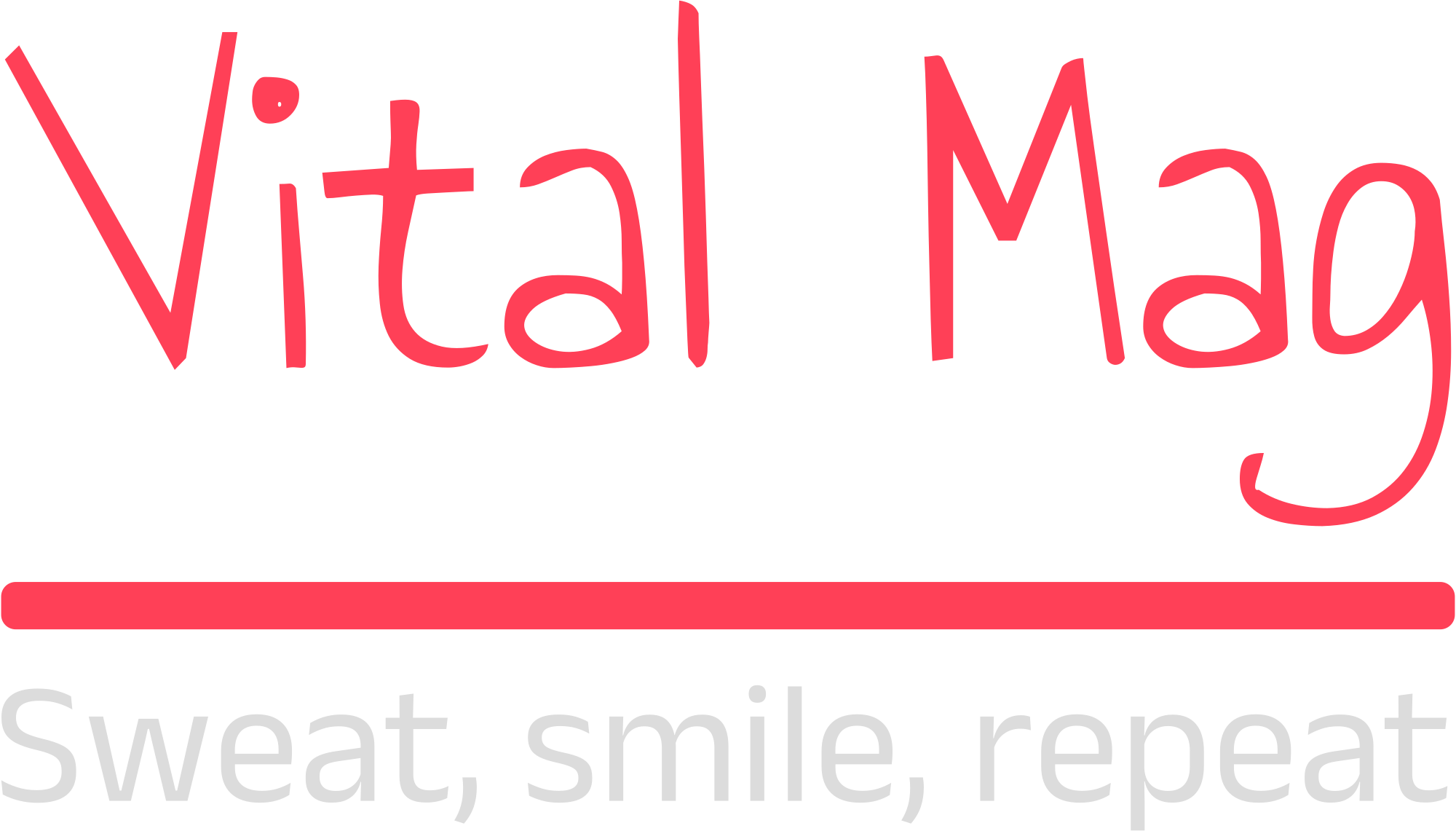Alcohol use disorder (AUD) is a prevalent issue that affects individuals worldwide. Exploring medication-assisted treatment (MAT) for AUD is a crucial aspect of addressing this complex condition. MAT combines medications with therapy and support to provide a comprehensive approach to managing alcohol dependence.
By delving into the realm of MAT for AUD, one can uncover the potential benefits and challenges associated with this treatment method. Understanding how medications can help individuals reduce cravings, manage withdrawal symptoms, and maintain sobriety is essential in the journey towards recovery from alcohol use disorder.
In this article, we will navigate the landscape of medication-assisted treatment for alcohol use disorder, shedding light on its role in promoting long-term recovery and enhancing the quality of life for those struggling with AUD.
Overview of Medication Assisted Treatment for Alcohol Use Disorder
Importance of Medication in Treating Alcohol Addiction
Medication plays a vital role in addressing alcohol addiction by supporting individuals in overcoming alcohol use disorder. Integrating medications into treatment plans can significantly enhance the effectiveness of therapy and support, providing individuals with better support in managing alcohol dependence. Medication assisted treatment (MAT) combines the use of specific medications with counseling and behavioral therapies, offering a comprehensive approach to help individuals achieve and sustain recovery from alcohol use disorder.
Common Medications Used and Their Effects
Several medications are commonly utilized in medication assisted treatment for alcohol use disorder, each with unique effects and benefits. Some common medications include:
- Disulfiram: This medication works by causing unpleasant effects, such as nausea and vomiting, when alcohol is consumed, acting as a deterrent to drinking.
- Acamprosate: Acamprosate helps individuals in maintaining abstinence by reducing cravings for alcohol and alleviating symptoms of protracted withdrawal.
- Naltrexone: Naltrexone blocks the euphoric effects of alcohol and reduces cravings, supporting individuals in avoiding relapse and staying sober.
- Topiramate: Used off-label for alcohol use disorder, topiramate may help reduce drinking and promote abstinence by altering neurotransmitter levels in the brain.
These medications, when used as part of a structured treatment plan, can significantly contribute to overcoming alcohol use disorder and providing individuals with the necessary support to lead a sober and fulfilling life.
Understanding How Medication Assisted Treatment Works
Medication-assisted treatment (MAT) plays a vital role in addressing alcohol use disorder (AUD) by combining medications with therapy and support to better assist individuals in managing their alcohol dependence. Integrating MAT into treatment plans enhances overall effectiveness, aiding individuals in overcoming AUD.
The Role of Healthcare Providers
Healthcare providers play a crucial role in prescribing and monitoring medications for individuals with AUD undergoing MAT. They assess the individual’s needs and medical history to determine the most suitable medication, dosage, and treatment plan.

By closely monitoring the individual’s progress and adjusting the treatment as needed, healthcare providers ensure that the medication remains effective in reducing cravings and supporting sobriety.
Integrating Medication with Counseling and Behavioral Therapies
Integrating medications with counseling and behavioral therapies provides a comprehensive approach to better support individuals in their recovery from AUD. Counseling helps individuals address the psychological aspects of addiction, learn coping strategies, and develop healthier behaviors. When combined with medications that reduce cravings and manage withdrawal symptoms, counseling enhances the effectiveness of MAT, ultimately promoting long-term recovery and improving the individual’s quality of life.
Benefits of Medication Assisted Treatment
Improving Recovery Rates
Utilizing medication-assisted treatment (MAT) can significantly enhance recovery rates for individuals struggling to overcome alcohol use disorder (AUD). By combining medications such as Disulfiram, Acamprosate, Naltrexone, and Topiramate with counseling and behavioral therapies, healthcare providers can offer a comprehensive approach to better support those with AUD. This integrated treatment method not only helps manage withdrawal symptoms and reduce cravings but also addresses the underlying psychological aspects of addiction. Through personalized medication plans and therapeutic support, MAT aims to improve recovery outcomes and increase the chances of long-term sobriety.
Reducing Relapse Risks
MAT plays a crucial role in reducing the risks of relapse for individuals battling alcohol use disorder. The combination of medications and behavioral therapies provides a multifaceted approach to addressing both the physical and psychological aspects of addiction. By incorporating medications like Disulfiram, Acamprosate, Naltrexone, and Topiramate into treatment plans, healthcare providers can offer better support to individuals in managing cravings and staying committed to sobriety. This comprehensive approach not only helps in reducing the likelihood of relapse but also promotes sustained recovery and an improved quality of life for those struggling with AUD.
Challenges and Controversies
Accessibility and Acceptance Issues
Access to Medication Assisted Treatment (MAT) for alcohol use disorder (AUD) can be a significant challenge for many individuals seeking to overcome AUD. Limited availability of MAT programs, particularly in certain geographic areas, financial constraints, and varying insurance coverage policies may hinder individuals from accessing these beneficial treatment options. Moreover, societal stigma surrounding the use of medication-assisted approaches for managing AUD can create barriers to acceptance and uptake among patients. This lack of accessibility and acceptance may impede efforts to better support individuals struggling with AUD by limiting their access to evidence-based treatments that could significantly improve their recovery outcomes.
Potential Side Effects and Risks
While Medication Assisted Treatment (MAT) has proven effective in managing alcohol use disorder (AUD), it is essential to acknowledge and address the potential side effects and risks associated with these medications. Individuals undergoing MAT may experience side effects such as nausea, dizziness, insomnia, or allergic reactions, which can impact their treatment compliance and overall well-being.

Additionally, certain medications used in MAT, like Naltrexone, may pose risks of liver toxicity or adverse drug interactions, requiring close monitoring and medical supervision. Understanding and mitigating these potential side effects and risks are crucial in providing safe and effective treatment to individuals seeking to overcome AUD and in ensuring that they receive the necessary support for a successful recovery journey.

Ann is a beacon of inspiration and knowledge in the health blogging community, known for her holistic approach to wellness that combines mindful nutrition, balanced fitness routines, and mental health awareness. With a passion for empowering her readers to achieve their healthiest selves, Ann shares practical advice, easy-to-follow recipes, and personal anecdotes that make navigating the journey to wellness accessible and enjoyable.

